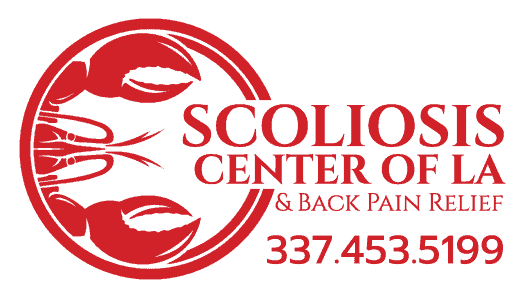I’ll keep this non surgical non drug spinal decompression literature review simple. In the text description underneath the study title I will bold a sentence that is the highlight. If that sentence is complicated then I’ll write a brief “translation” and underline it for ease of comprehension.
This weeks review will be about: pain relief was obtained for patients with disc bulge and disc herniation using spinal decompression.
70-86% of participants with disc bulge or disc herniation had satisfactory results with spinal decompression after 20 visits.
—–
Gionis, T. et al.: Surgical Alternatives: Spinal Decompression. Orthopedic Technology Review. 2003; 6 (5).
“Results showed that 86% of the 219 patients who completed the therapy reported immediate resolution of symptoms, while 84% remained pain-free 90 days post-treatment. Physical examination findings showed improvement in 92% of the 219 patients, and remained intact in 89% of these patients 90 days after treatment.”
—– [Tweet “86% of219 patients who completed #spinaldecompression immediate resolution of symptoms,84% remained #painFree 90 days “]
Shealy, N. et al.: Decompression, Reduction, and Stabilization of the Lumbar Spine: A Cost-Effective Treatment for Lumbosacral Pain. American Journal of Pain Management Vol. 7 No. 2 April 1997
“Eighty-six percent of ruptured intervertebral disc (RID) patients achieved ‘good’ (50-89% improvement) to ‘excellent’ (90-100% improvement) results with decompression. Sciatica and back pain were relieved.” “Of the facet arthrosis patients, 75% obtained ‘good’ to ‘excellent’ results with decompression.”
—–
Gose E, Naguszewski W&R: Vertebral axial Decompression for Pain associated With Herniated and Degenerated Discs or Facet syndrome: an Outcome Study. Neuro Research, (20) 3, 186-190, 1997.
A retrospective analysis of over 770 cases, many assumed to be unresponsive to previous therapies showed a 71 % good-excellent success rate with -20 treatments on the prone VAX-D traction device. All patients treated prone with 65-95 lbs. of force 3-5 times per week.
—– [Tweet “71 % good-excellent success rate with 20 treatments by nonsurgical #spinalDecompression”]
Komari H, et al.: The Natural History of Herniated Ncleus with Radiculopathy. Spine 21: 225-229, 1996
77 patients verified on pre-post MRI with signs and symptoms of herniation, underwent non-surgical intervention including pelvic traction. Changes in herniation and good-excellent symptomatic improvements were noted in over 82%. The authors draw the conclusion improving the discs contact with the blood supply accounts for healing of herniation.
—–
Onel,D et. al.: CT Investigation of the effects of Traction on Lumbar Herniation. Spine 14: 82-90,1989.
30 patients with lumbar herniations were tractioned in a CT scanner at >50% body weight for -20 min. Hernia retraction occurred in 70% and good clinical improvements were seen in over 93%. The authors concluded improved blood flow was the source of healing. Additionally they speculated previous studies showing traction doesn’t create negative intradiscal pressures perhaps used too light a force.
—–
Lidstom, A Zachrisson M: PT of the low back pain and sciatica. Scan Joul of Rehab Med, 2: 37-42, 1970.
Intermittent supine traction with -+50% body-weight, (10) 20 minute sessions with added exercises showed considerable improvement in over 90% of the 62 patients.



